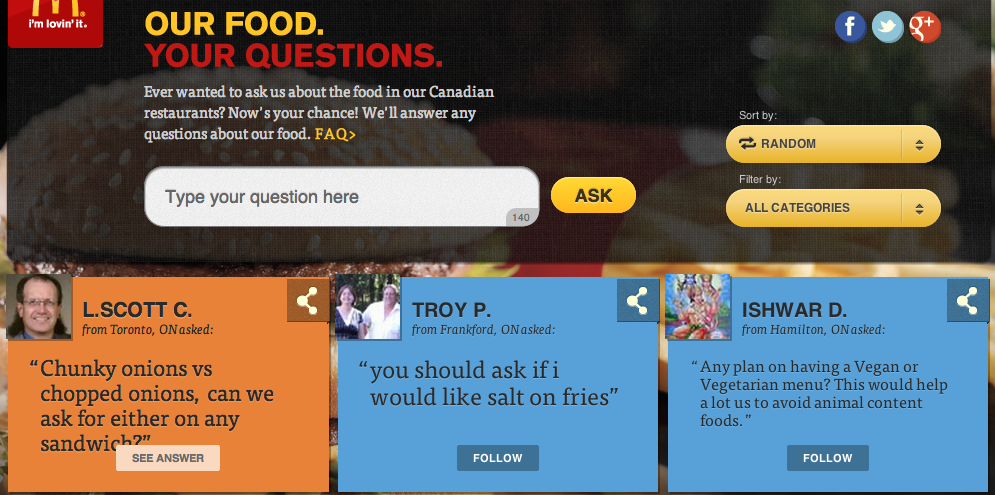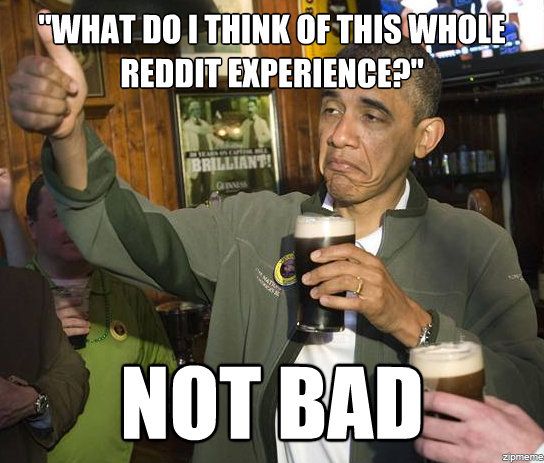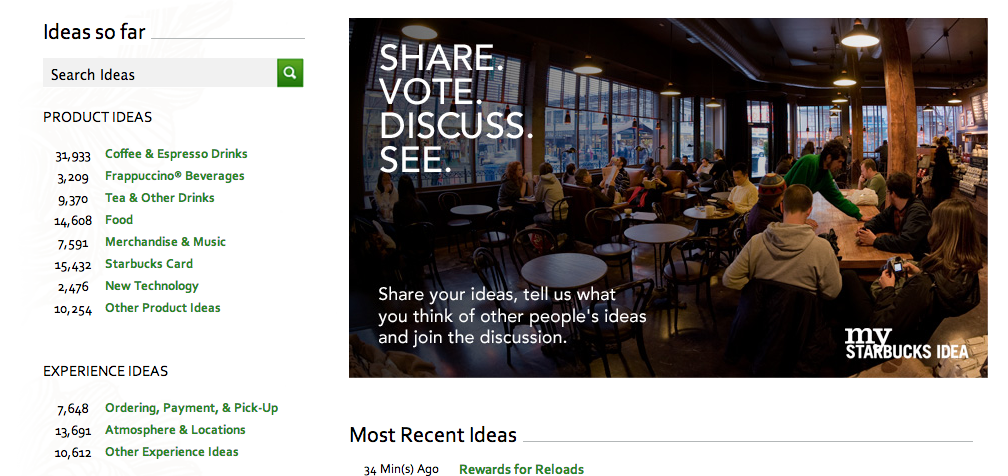You already know content marketing is an effective marketing approach for businesses, but how do you ensure that your content is worth reading? How do you ensure that readers keep coming back and how do you hook them like a date for your High School prom?
Lots of people will tell you to write a blog that is authentic and transparent. But what does that really mean? Over the last few years enough social media experts have popped up of the woodworks to overuse these words into meaningless jibber-jabber.
When I started helping businesses create content five years ago, it was a challenge to get them to create content that was unconventional. Businesses tend to lean towards conservative content and steer away from developing anything that might capture someones attention. Today however, the idea of using unconventional content is embraced as it’s truly the only way to truly stand out.
Here are a few unconventional approaches to blogging that will make your content worth reading:
Integrate the “Internet Culture” with your content
Remember back in High School when teachers always would say be nice to geeks as they will some day rule the world? Guess what? They were right. The internet has become an ecosystem where content created by so-called “geeks” and “nerds” is being passed from one network to the next in the matter of seconds. The ability to share something, create something and watch it spread around the world has become easier than ever before.
Internet Culture is any form of content that was originally created by geeks to entertain geeks. Whether it’s a sketch of a random character with an over the top expression or a clever meme that has gone viral. Internet culture is taking the web by storm and is slowly crossing the chasm into what many would consider mainstream. All it takes for proof is a quick scan of 9gag, reddit or buzzfeed to see the type of content and volume of shares that are a result of the rise in internet culture. Internet Culture is anything that geeks obsess over or use online to generate conversation or just for fun.
When you’re creating content, you need to think outside of the box. You need to think about ways to keep your readers attention and ultimately connect with your readers by providing some level of entertainment. At the end of the day, depending on your audience you can use whatever type of culture you want to really captivate a specific audience. For example, if you want to tie into the sports culture you could write lessons on personal branding from the rock or if you want to tie into movie culture you can write lessons from watching american gangster or confidence lessons from Tony Stark. All of this is based on the idea of leveraging some form of cultural interest to make your content a bit more interesting.
What if I told you an organization like Centres for Disease Control and Prevention (CDC) has used this tactic and found great success? It may initially come as a surprise. I mean, they don’t sound like an organization that would be one to be all over this kind of content. The CDC used this approach and created a post called Preparedness 101: Zombie Apocalypse. The internet went crazy.
Tell a story that makes you vulnerable
Fear and the acceptance of status quo is an easy way to ensure your content is mediocre. You need to take sensible risks and be willing to put your business out there for the world to praise and critic.
McDonalds Canada launched one of the most transparent campaigns in recent history with Your Questions campaign. This campaign was built around the idea that McDonalds would open the floodgates to consumers and let them ask any questions they wanted about their products. Once a user submits a question, McDonalds would then go back to the team and deliver the user with an honest, eye-opening answer. As an example, the following video was a piece of content creating after a user asked why their burgers look better on TV then in person:
A lot of people have a hard time with this one but it’s an easy way to show the human side of your brand. What McDonalds has done has set them apart from competitors as a leader who is transparent and open to share the good, the bad and the ugly. Many people second guessed whether or not McDonalds would actually answer the tough questions but they did and put their money where their mouth was.

Give Your Business to your Customers
After working with many organizations and starting up my own, I’ve quickly learned the importance of listening to your customers. We live in a world where it’s easier than ever to understand your customers wants and needs. Whether you want to use a Google Form, a Google Forms alternative, or develop an entire site focused on feedback, giving your business to your customers can be extremely successful.
When I talk about giving away your business, I’m talking about allowing customers to influence the core essence of what you do. Make a public request to customers in regards to your business model and ask them what they would like to see you doing to better serve their needs. This is challenging and unconventional because most businesses use things like focus groups to make critical decisions.
I’m not here to say that focus groups are bad, I’m just saying that the web has presented an opportunity for businesses to use content marketing to do it better. An example of a business giving their brand away is Starbucks with their My Starbucks Idea application.
Starbucks allow customers to visit this site and share, vote, discuss and see ideas that other customers have presented to them. These ideas range from product concepts, experience enhancements to opportunities for community and global involvement. An example can be found in a post making a request for Almond Milk, about 15 passionate customers have taken the time to make posts asking for Almond milk to be available. I’m willing to bet that by the end of 2013 we’ll be seeing Almond Milk popping up at Starbucks around the world.
Conclusion
Content can be defined as anything that you produce or consumers produce about your brand. More content has been created in the last 5 years than the amount of content created between the Stone Ages and the birth of Justin Beiber.
To start, don’t go out and try to do everything I suggested. Take one or two concepts and bring them to life over the next year. You will find that content excellence is not a sprint – It’s an olympic marathon. You need to practice, train and have the endurance to survive. Finally, you are competing with the world.
Do you have any other ways to make your brands content stand out in a crowded space?



